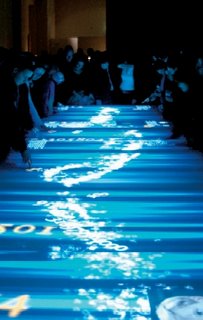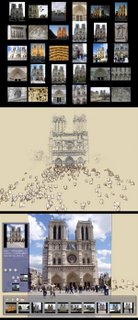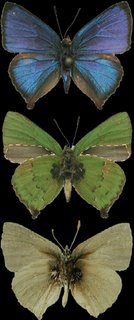 Google has started putting some really great books online. They listed a few noteworthy titles in a recent blog post.
Google has started putting some really great books online. They listed a few noteworthy titles in a recent blog post.
From the Official Google Blog:
"...you can go to Google Book Search and download full copies of out-of-copyright books to read at your own pace. You're free to choose from a diverse collection of public domain titles -- from well-known classics to obscure gems."
One title, from the blog post, should really stick out to Computer Vision and Computer Graphics researchers; Edwin Abbott's
Flatland: A Romance of Many Dimensions. While the mathematical concepts in the book are fairly elementary, it is a great change of pace from typical textbooks. If you have or are planning on doing any work that involves
projective geometry this is a must read. Also, the social satire included by Abbott adds nice context to his work.
As an aside, I recently found a new movie being produced as an educational unit for young math students. A trailer of the aptly named
Flatland: The Movie is available on their website.







